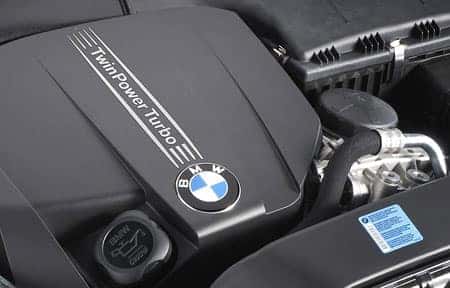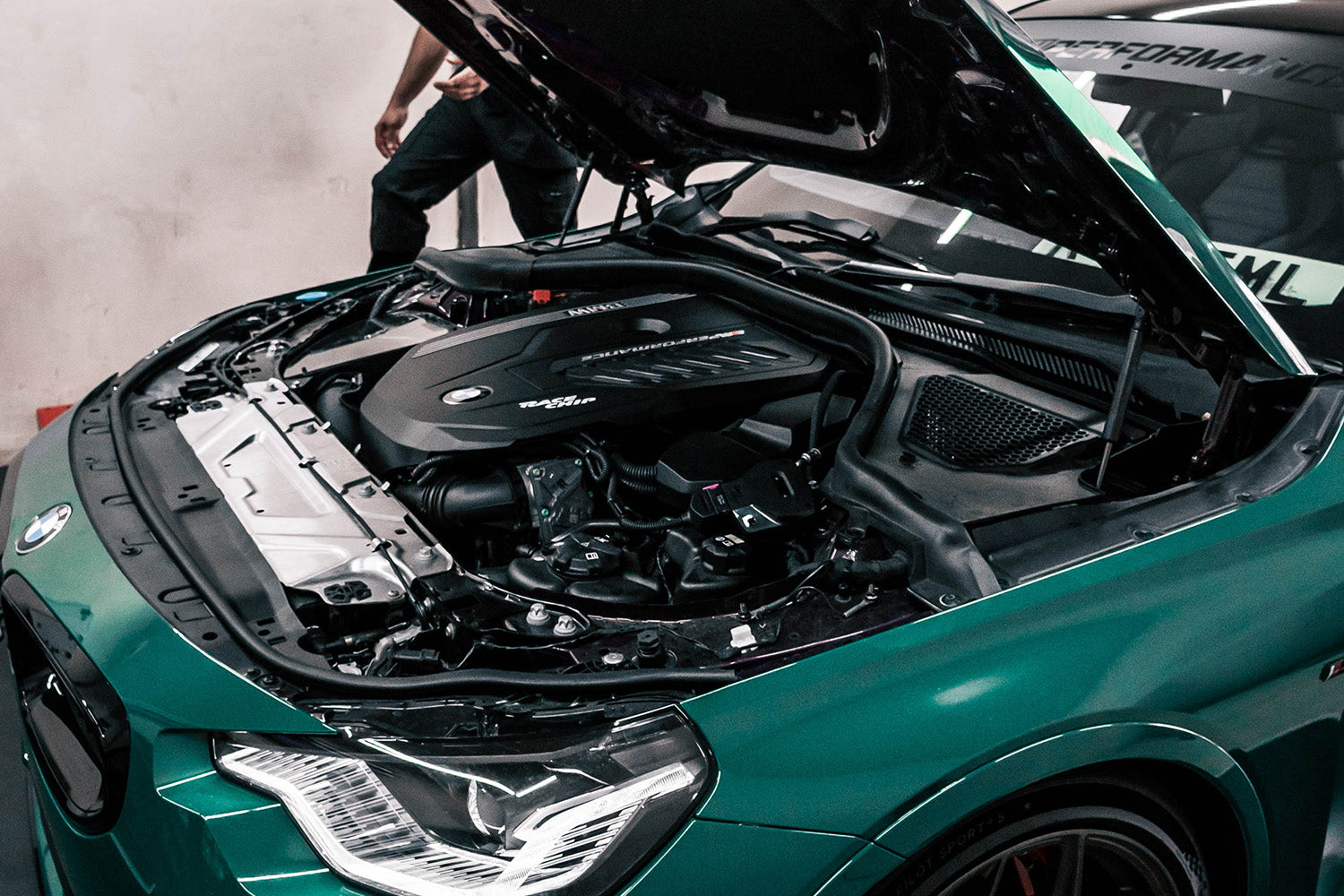Exploring the Development of Combustion Engines in Modern Transportation Solutions
As we browse the landscape of modern-day transport, the advancement of burning engines stands as a testimony to human resourcefulness and engineering prowess. From their humble beginnings to the advanced powerhouses pushing automobiles today, combustion engines have undergone an amazing journey of innovation and adaptation. Recognizing the details of this advancement not just clarifies the past however also paves the means for picturing what exists ahead in the realm of transportation technology. The interplay of history, modern technology, and ecological worries fit the trajectory of combustion engines develops a narrative that is both compelling and informative.
Very Early Beginnings of Combustion Engines
Exactly how did the idea of combustion engines first emerge in the very early phases of transportation development? The origins of burning engines can be traced back to the 17th century when the principles of inner combustion were first discovered.
The breakthrough minute came with the creation of the initial successful gasoline-powered engine by Karl Benz in 1885 - bmw engine. This engine paved the means for the development of the modern car, changing transportation systems worldwide. Succeeding innovations by Nikolaus Otto and Gottlieb Daimler additionally improved burning engine technology, resulting in the automation of autos and the rapid expansion of the transportation market
These early burning engines were identified by their simpleness and performance, laying the structure for the facility and effective engines utilized in contemporary transportation systems. The evolution of combustion engines has contributed fit the means we take a trip and move items, noting a considerable turning point in the background of transportation advancement.
Transition to Internal Burning Innovation
The transition to inner burning innovation marked a pivotal change in the development of transportation systems. This shift started in the late 19th century, with innovators like Nikolaus Otto and Gottlieb Daimler establishing the first effective interior combustion engines. These engines changed transport by providing a more efficient and effective option to steam engines and electrical motors.
One of the key benefits of internal combustion engines was their capacity to be scaled down to suit lorries, causing the development of bikes and cars. This shift from large, fixed engines to compact, mobile ones led the way for the contemporary transportation systems we see today.
The shift to internal burning technology likewise stimulated improvements in fuel innovation, bring about the development of fuel and diesel as main fuel resources for cars. This change not only made transportation more available to the masses yet also laid the foundation for the oil and gas sector to become important to international economic climates.
Influence of Combustion Engines on Transport
The adoption of burning engines in transport systems catalyzed a profound change in the performance and speed of worldwide flexibility. Combustion engines transformed transportation by providing a flexible and trustworthy resource of power for various cars, including autos, planes, ships, and vehicles. This technology significantly enhanced the capacity for individuals and items to conform cross countries in much shorter period, bring about enhanced connection between regions and countries.
Additionally, the extensive use burning engines has actually had a significant influence on economic growth. The capacity to transport goods efficiently has actually stimulated profession and commerce, allowing businesses to expand their markets and get to customers worldwide. This has promoted economic growth and globalization, as items can now be moved much faster and in bigger quantities than in the past.
However, the environmental effect of combustion engines can not be overlooked. The burning of nonrenewable fuel sources has led to air contamination and greenhouse gas exhausts, contributing to climate modification and positioning health threats to populations. bmw engine. Consequently, there is an expanding emphasis on developing different propulsion innovations to mitigate these adverse effects and create an extra sustainable future for transport
Advancements in Combustion Engine Layout
One notable innovation is the development of turbocharged engines, which make use of exhaust gases to drive a generator that presses inbound air, enabling for more fuel to be charred, resulting in increased power output without a significant rise in engine dimension. Variable valve timing systems have also changed engine design by maximizing air flow at different engine rates, boosting both power and effectiveness. These advancements collectively contribute to the continual enhancement of combustion engines in modern transport systems.
Future Patterns in Combustion Engine Growth
With innovation advancements driving constant technology, the future of combustion engine growth is poised to transform transport systems globally. One of the crucial trends in combustion engine advancement is the press towards higher performance and reduced discharges.
An additional prominent trend is the fostering of crossbreed technologies in hop over to these guys combustion engines. Crossbreed engines incorporate traditional combustion innovation with electrical power, offering improved fuel effectiveness and lower discharges. As the auto industry shifts towards electrification, hybrid combustion engines are seen as a transitional option that links the void in between conventional lorries and totally electric ones.
Moreover, the integration of clever innovations, such as fabricated intelligence and information analytics, is anticipated to play a substantial duty in the future of combustion engine advancement. These innovations can maximize engine efficiency in real-time, leading to more efficient combustion processes and enhanced overall vehicle efficiency. Welcoming these future fads will certainly not just drive development in combustion engine advancement but also contribute to a more lasting and eco-friendly transport community.

Final Thought
In conclusion, the advancement of burning engines in contemporary transportation systems has actually been noted by substantial developments in technology and layout. From the early beginnings of burning engines to the shift to internal you can look here combustion modern technology, these engines have had a profound influence on transportation.
The origins of burning engines can be traced back to the 17th century when the concepts of internal burning were very first explored. These engines changed transport by using a more effective and effective choice to heavy steam engines and electrical motors.
